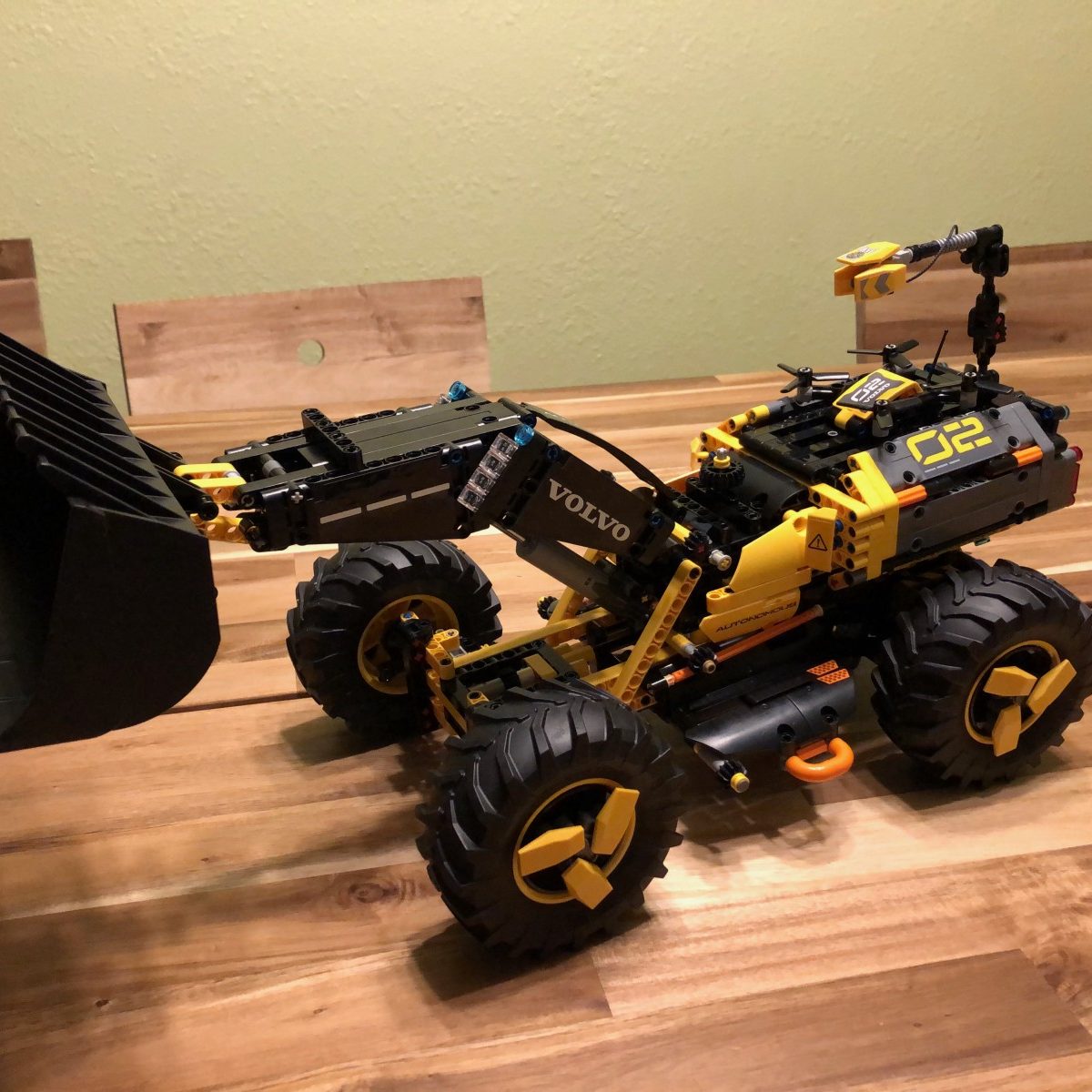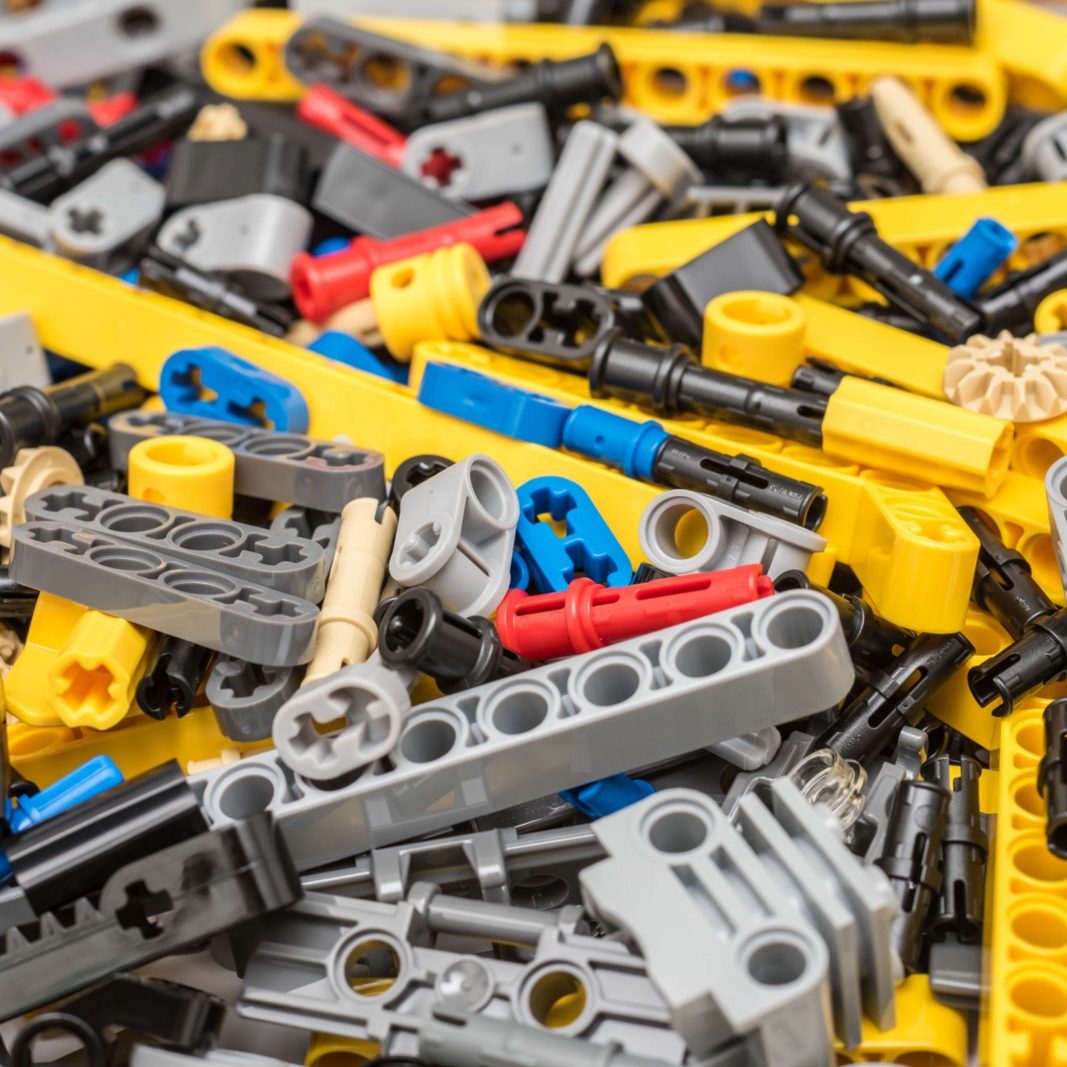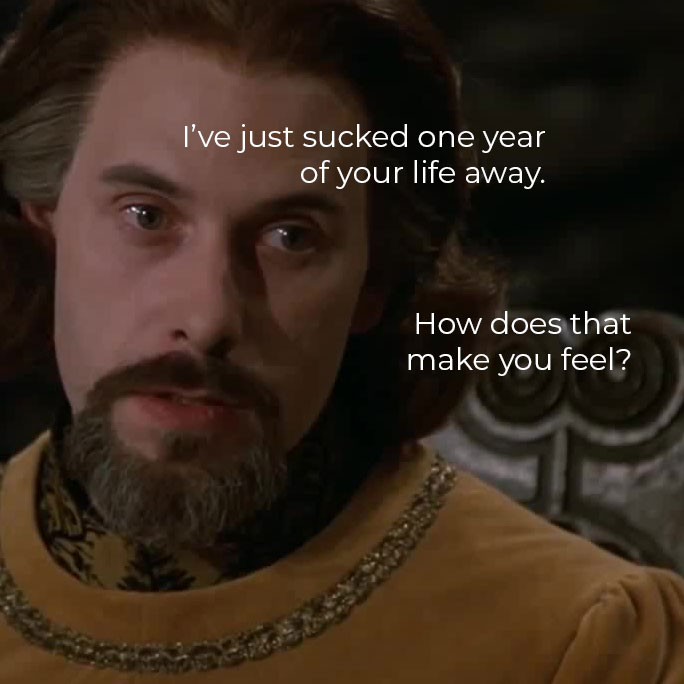Or, how the inability to say “no” is evil

Gather round, children, and hear an old tale. A tale of my early days in design, a tale of woe.
A tale of having to work with dun-dun-duuuun…other people.
It was in the far off legendary age of the First Internet, sometimes referred to as the “late 90s”. I was new to the business, having left my studies at the Art Institute of Dallas about 6 months prior. I was working at Ribit Productions, a firm making a, shall we say, difficult transition from the forgotten age of Multimedia Design into Web Design. We were prepping some updated marketing materials for the firm, and in addition to a new website (for which we won and award, back when it is really hilariously easy) the owner wanted a new CD-ROM to give prospective clients.
Now, some younger folks that might accidentally read this may not know what that is. For a very brief period in the 90s, before websites really existed but computers very much did, folks were using the still-relatively-new (and just as quickly abandoned) medium of CD-ROM to blanket their prospective clients with their messaging. I could get snarky here and try and explain the last few sentences, but seriously, just use Wikipedia.
So anyway, boss wants a new CD to send out. As was the custom at the time, we wanted to create an animated/video intro that users would theoretically waste a few minutes of their day watching. Why did we do this? Nobody knows. Maybe because we could? We had all kinds of neat new tools for making cool-looking stuff, so we did. The fact that none of it ever added to anyone’s bottom line, or even entertained anyone, is something which we tried then and now to ignore.
At the time, I was engrossed in one of my periodic obsessions (hooray for ADHD). I was deep into the Myst game franchise. Not just the games (at the time just numbering the original title plus its follow-up, Riven), but the tie-in novels and all the lore and what-not. Accordingly, I devised an animated intro and overall “experience” for our new CD-ROM that paid homage to these games. Side note: it involved using the Fine Frog Art seen in my portfolio.
So I pitch the idea, and it is met with excitement and enthusiasm. The someone else pitches a different, more abstract idea, and it is also met with enthusiasm. Then another person pitches some stuff that is sort of tacked on to both of the other ideas.
So at this point, the right thing is to take a look at everything on the table and decide which is best for the image the firm is trying to convey, right?
Yeah, no. Wrong.
At this point, the owner dictated that we combine all of these ideas in order that no one would feel “left out”.

Now, if I am going to be honest, which I hate, some of this was my fault. I was prickly about my ideas back then, having the all-too-common attitude among young and inexperienced – especially male – designers that my concepts were liquid digital gold directly flowing from the mouth of the universe. So, you know, maybe the idea to combine designs was made to appease me. A little. Or entirely. Who knows?
The result, of course, was a steaming pile of contradictions and confusion. No message, no company image, nothing useful and certainly nothing that drove sales or even mild interest. Now, I am not saying my original idea was brilliant (hint: it absolutely was) but no matter how cheesy it may have been (brilliant), it would have been far better than the abomination that followed.
If you watch this thing, you are probably left with a lot of questions. It goes from a fairly abstract (and oh-so-very-90s) beginning to a forest, into a tree, into a cave, and then another…forest? What?
This is what happens when no one says “no”. This is what happens when company leadership tried to let every idea be precious.
The lesson, of course, is that if I pitch an idea, follow it to the letter you have to pick your ideas and concepts, just like you have to pick your battles. This is a battle that the owner should have fought. They should have chosen a concept, moved forward, and at best issued a mild apology to author of whichever concept did not get picked. Trying to hybridize and make everyone happy accomplished nothing. If I want to be fair, it is likely that even if a better concept (meaning mine) was followed, it would not have generated more sales, as CD-ROM was already on its way out at that point as a content delivery medium, but who knows? Following my brilliant-albeit-derivative concept might have elevated the company to new heights.
Ok, maybe not.
But at least the finished work would not be a cautionary tale some 20 years later.





